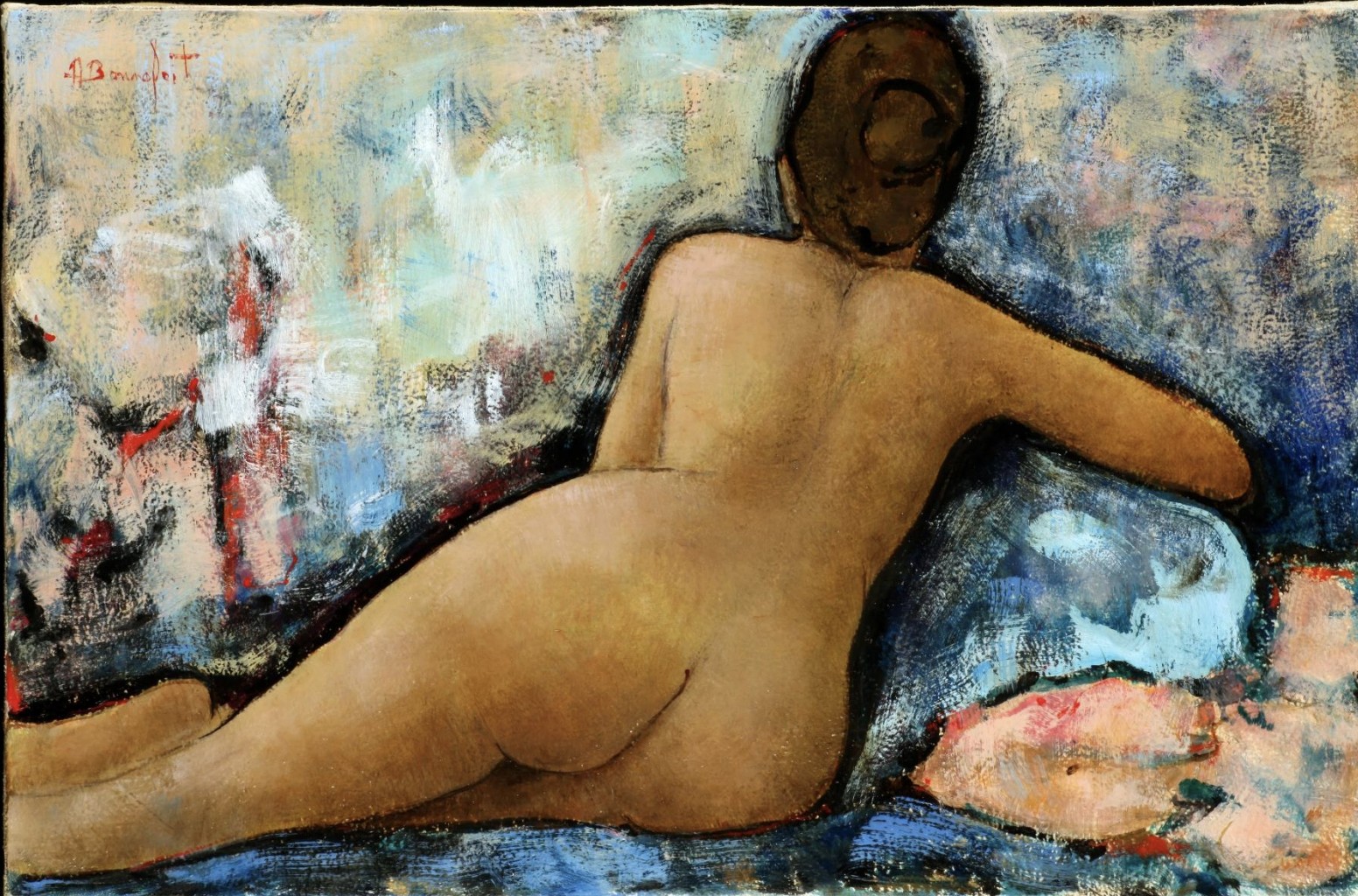Erarta Museum of Contemporary Art is happy to announce the solo show by the famous Russian musician Sergey Shnurov.
-
Celebration of Brandrealism's 10th anniversary
-
Criticism of the society and its unhealthy fascination with brands
-
Art that owes nothing to nobody
Brandrealism is an art movement that focuses not on the actual objects, but on the structure of reality they exist in. Brandrealism was first manifested by the musician and artist Sergey Shnurov in 2007, and the current retrospective is meant to celebrate the trend’s 10th anniversary.
According to brandrealism postulates, the man of the XXI century is surrounded not by the pure phenomena, but by the artificially generated brand-products. We wear brands, eat brands, and drive brands. Without realizing, we make brands our objects of worship. We address the brands of scientific schools and corporations for knowledge, the brand of Wikipedia — for details, the clerical institutions — for faith and the TV realities — for the meaning of life. Decent job and wellness are achieved through the use of various educational and recreational brands. As a result, the latest model of a trendy brand becomes the object of emotional desire, as a holy book, or a transmundane rank. The emotions are no more spontaneous — they are drawn from video games and TV shows.
Life is no longer an existential problem. Not only success and welfare are identified through brands, but also the basic aspirations of life. “To live” today is reduced to a place of residence (please, do not offer “Kupchino” brand), status of “materials at hand” (what class is your car?), accessories (iPhone 7 is good, but Galaxy Note 7 might be a problem), and so on. Is there anything else we can use for our self-identity?
To find this “something else” one must keep the sense of inner freedom or acquire knowledge about another, non-empirical values. If in the beginning of life we choose between Coca-Cola and Pepsi-Cola, and at the end — between Rolls-Royce and Bentley, we wander inside a mirror maze, confusing the distorted reflections with the reality. God will not come out of a boutique! And the philosophy of structuralism with all its “mythologies” and “societies of the spectacle” warned us about this in the XX century.
Contemporary art has also become a part of the general theory of brands. Inspiration and professional craft occupy a nominal place in the world of art. Contemporary artists tailor their works to the brand-image of a potential buyer: trendy, well-off, not stupid, witty, fashion conscious, with a decent social status. They try to satisfy all the qualities at once. The very sacred concept of “creativity” has turned into another high-profile brand.
Brandrealism chooses critical attitude both to art and the brand-marks generated by the advertising technologies. It criticizes the prevailing simplified public clichés as untenable. It protestantly characterizes “too human” weaknesses as unworthy of life of the spirit. “To be not like all the others” and have unique products are the values acquired, not natural. They do not reveal a person’s inner essence, they takes us away from the possibility of understanding the principal structure of the surrounding reality.
Brandrealism is based on a system approach. It struggles with absent-mindedness. It has no abnormal focus on social dilemmas, such as serious/frivolous, sacred/secular, handmade/ machine-made, real/virtual. The art of brandrealism doesn’t have to be beautiful; neither should it be good, evil, paradoxical or exquisitely ironic. It owes nothing to nobody. It is free as nature, as the creative human spirit, which is able to see ridiculousness of a mock-serious postulate and significance of a seemingly ultimate nonsense.
Is it possible to keep the critical freedom within the reality of brandrealism where any meaning becomes a symbol and then a brand? This question brandrealism takes along into its second decade.


















